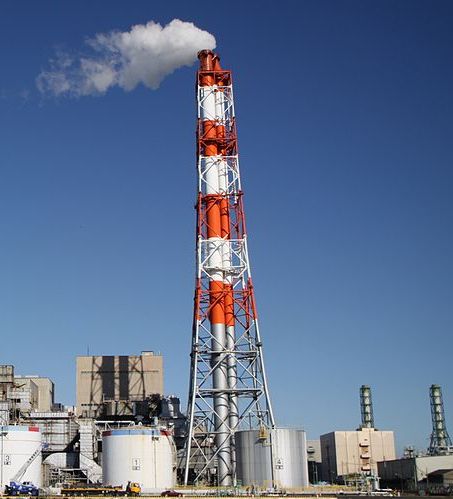History of Firecrackers in India
Not just sacred and formidable, fire is also alluringly entertaining in its various avatars. One of its avatars is fireworks. It is used extensively during festivals so widely form during festival celebration such as Diwali, Christmas and Eid.
However, given their high soot content, the air pollution index receives quite a huge blow every year during these events. What adds fuel to fire is how cheaply these are sold. A question that boggles conscious keepers of our environment is the outset of firecrackers in India, and how their availability/consumption has changed over time.

Fireworks in Medieval India
The primary ingredient of fireworks is gunpowder, which also has a long history in India. A historical conjecture is that the gunpowder technology, along with the first pyrotechnical mixtures for entertainment, was brought by the Arabs to India from China. Firework shows existed in many medieval Indian kingdoms during festivals, events, and special occasions like weddings, as a form of royal entertainment. From the descriptions of crackers and fireworks in medieval India, what’s apparent is not just their grand nature, but that they were quite expensive. Thus, fireworks were commissioned mainly by the rulers for either personal or citizen entertainment, or by the economically endowed of the community.
Fireworks in Modern India
It was in Kolkata that the first fireworks factory in India was set up in the 19th century. Benefiting from the restrictions of imports of firecrackers after independence, Sivakasi in Tamil Nadu emerged as India’s Firecracker hub.
Unlike in the colonial and medieval eras, with an increase in India’s population and economic prosperity of the Indian middle class — particularly in the last 30 years — and with surplus supply arriving from the country’s flourishing domestic industry, the use of firecrackers grew by leaps and bounds.
Though what also made a quantum leap was pollution!
Chemistry of Fireworks
Pyrotechnic bursts are responsible for colors in firecrackers. These bursts consist of five basic ingredients:
- Color producing compounds: Specific compounds produce intense colors when burnt. Some of these used in fireworks are strontium, calcium, sodium and barium as salts while copper, aluminum, magnesium are used as metals.
- Fuel: Gunpowder — a mixture of potassium nitrate, sulfur, and charcoal — is used as fuel. It allows firecrackers to burn.
- Oxidizer: Provides oxygen to power fuel combustion. Includes nitrates, chlorates, and perchlorates.
- Chlorine donor: It helps strengthen some colors. In certain fireworks, oxidizers act as chlorine donors.
- Binder: It holds the mix together. Includes usually, dextrin — a type of starch — and water.
The closest thing to a representative equation of a firecracker burst is depicted below (charcoal is referred to by its empirical formula):
6 KNO3 + C7H4O + 2 S → K2CO3 + K2SO4 + K2S + 4 CO2 + 2 CO + 2 H2O + 3 N2
Noise Pollution and Reduction in Air Quality from Bursting of Firecrackers
An AQI from 0 to 50 is considered good; 51 to 100 is satisfactory; between 101 to 200 is moderate while 201 to 300 and 301 to 400 is considered poor and very poor, respectively. AQI from 401 to 500 is severe and above 500 is hazardous.
Extensive and excessive use of fireworks in India, during Diwali or other celebrations, results in degradation of air quality and an increase in levels of noise pollution. This year, due to COVID-19, many restrictions had been put by the government. Despite strict regulation on timings, set between 8 p.m. and 10 p.m., firecrackers were still burst across India — more in the northern regions — from 6.30 p.m. onwards and even well beyond midnight.
As per sample surveys by Central Pollution Control Board (CPCB), noise levels on Diwali night – in half the localities of Delhi – were higher compared to 2019. According to the data provided by Delhi Pollution Control Committee (DPCC), AQI near the ITO was 461 while near Anand Vihar, it was 460. IGI Airport reported the AQI at 382 and Lodhi Road at 322.
Higher the AQI, more dangerous it is!
In spite of continuously reminding and making our population aware of the ill-effects of bursting fireworks, this issue still remains. Unchecked marketing of such products has further escalated health problems related to the bursting of firecrackers.
Banning fireworks should not be looked at as an anti-religious agenda — as most people usually associate it with — rather as a matter of human health and safety.


